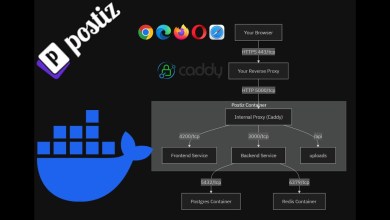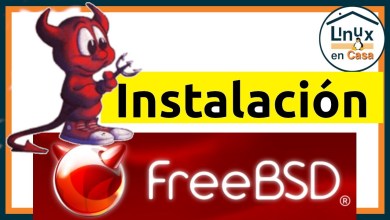hidden files in Linux – are they really that evil?
Linux Command Line tutorial for forensics – 47 – Linux hidden files and directories
♥️ SUBSCRIBE for more videos:
Difficulty Level: intermediate
Prerequisites: basic understanding of linux command line
Prerequisites: basic understanding of the ls and find commands
In this video, we will explore hidden files in a linux filesystem. How do we find them? Are they really that evil? What are they used for? How they may be interesting from a Digital Forensics and Incident Response perspective.
If you enjoyed this, please share this knowledge with someone else. I am grateful for you
Video timeline
00:00 intro
00:17 What is a hidden file?
02:21 How do we find hidden files?
04:51 How are hidden files created?
07:07 Why are hidden files there?
07:39 Hidden file examples in ParrotOS (.bash_history, .lesshst)
10:51 Hidden file examples in CAINE OS (.bashrc, .mozilla/, .ssh/, .tmux.conf, .tmux_history, .viminfo)
14:46 Hidden file examples in MacOS (.python_history, .sqlite_history, .zsh_history, .zsh_sessions/, .zshrc)
⭕️ For other videos about the Linux command line, see other videos in this series:
The /proc directory:
Linux Forensics, locations of interest:
getting around the linux filesystem tutorial:
looking at binary files tutorial:
Linux distro: CAINE linux (
Proxmox VE ISO:
Virtualization software: Virtual Box (
Icons made by freepik from @flaticon
Icons made by Smashicons from
Photograph of King Charles III: Richard POHLE / POOL / AFP
This course was designed to provide information on how to use the command line environment in a Unix/Linux system to accomplish tasks such as imaging, data acquisition, and archiving. This course covers the basics of Unix/Linux commands that allow users to view and edit text files, obtain hardware and system information, partitioning and formatting, process related commands, manipulating disks and partitions, imaging, archiving, logical acquisition, live system response, and basic networking.
This would be beneficial for folks who are interested in digital forensics, incidence response, system administration, ethical hacking, or just plain linux. his course covers material for beginners as well as for advanced users. This course would also be helpful if you are considering taking the CompTIA Linux+ certification test.
#Linux #DFIR #linux_tutorial
[ad_2]
source


